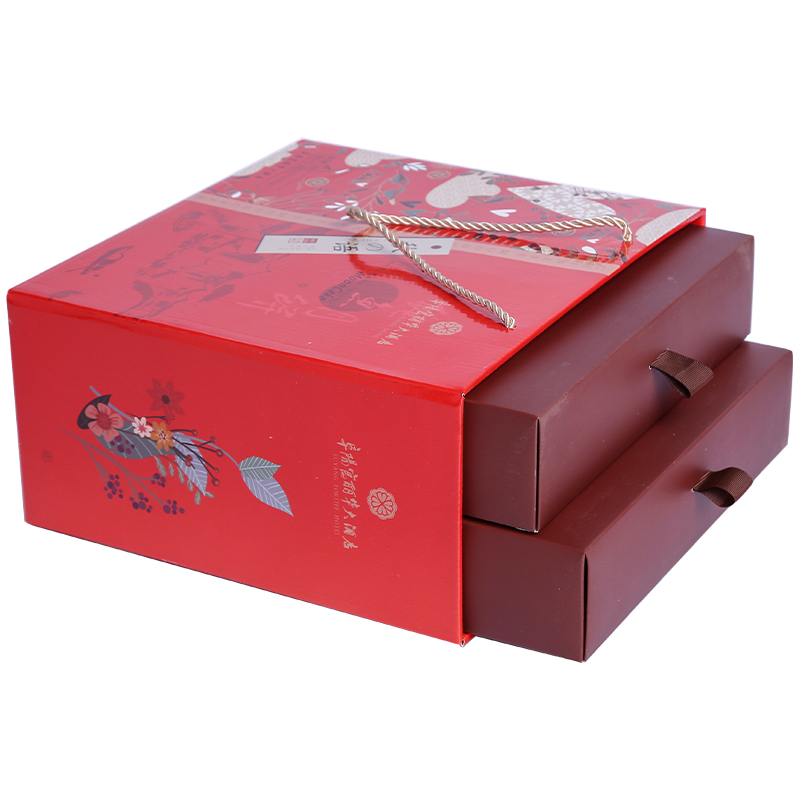-
 +86-0557-3781111 / +86-0571-56396277
+86-0557-3781111 / +86-0571-56396277
 +86-0557-3781111 / +86-0571-56396277
+86-0557-3781111 / +86-0571-56396277
Food packaging boxes are designed to prevent chemicals from leaching into food by using safe materials and incorporating specific design features that create barriers between the food and potential contaminants. Here’s a detailed look at how food packaging boxes achieve this:
Use of Food-Safe Materials
Materials Chosen: High-quality food packaging boxes are made from materials specifically approved for food contact, such as certain grades of paperboard, plastics, and coatings that meet strict regulatory standards.
Properties and Mechanisms:
Non-Reactive: Materials such as high-density polyethylene (HDPE), polyethylene terephthalate (PET), and certain food-grade paperboards are chosen because they do not react with food.
Low Migration Rates: These materials have low migration rates, meaning that they do not release significant amounts of substances into the food over time.
Impact:
Prevents Contamination: By using materials that do not interact with the food, the packaging prevents any unwanted chemical reactions and maintains food safety.
Special Coatings and Laminations
Types of Coatings: Packaging boxes often have internal coatings made of materials like polyethylene (PE), polyvinylidene chloride (PVDC), or food-safe waxes.
Properties and Mechanisms:
Barrier Properties: These coatings act as barriers to moisture, oxygen, and other external substances that could cause chemical leaching.
Inert and Stable: The coatings are designed to be chemically inert and stable, preventing them from breaking down or interacting with the food.
Impact:
Enhanced Protection: Coatings create an additional layer of protection, reducing the risk of chemical migration from the base material of the packaging.
Regulatory Compliance and Testing
Regulatory Bodies: Materials used in food packaging must comply with regulations set by bodies such as the Food and Drug Administration (FDA) in the U.S., the European Food Safety Authority (EFSA), and other national or regional regulatory agencies.
Properties and Mechanisms:
Migration Limits: Regulations establish permissible limits for the migration of substances from packaging into food.
Regular Testing: Packaging materials undergo rigorous testing for chemical migration to ensure they do not exceed these limits.
Impact:
Assured Safety: Compliance with regulatory standards ensures that the packaging materials are safe for use with food and do not pose a risk of chemical contamination.
Barrier Layers and Multilayer Construction
Design Features: Some packaging boxes use multilayer constructions with barriers such as aluminum foil or specialized polymer films.
Properties and Mechanisms:
Barrier Layers: These layers provide excellent resistance to gas, moisture, and contaminants, creating an effective shield against chemical leaching.
Interleaving Materials: Multiple layers of different materials can be used to enhance the overall barrier properties of the packaging.
Impact:
Maximum Protection: Multilayer designs offer superior protection against chemical migration, ensuring that the food remains safe and uncontaminated.

Selection of Additives and Ink
Types of Additives: Additives used in the packaging material must also be food-safe and approved for use.
Properties and Mechanisms:
Non-Toxic Additives: Only additives that are non-toxic and do not migrate into food are used.
Food-Safe Inks: Inks for printing on packaging are specifically formulated to prevent migration into the food.
Impact:
Safe Interaction: The careful selection of additives and inks ensures that no harmful substances leach into the food from the packaging.
Avoidance of Certain Chemicals
Banned Substances: Certain chemicals, such as Bisphenol A (BPA) and phthalates, are known to pose risks and are often avoided or banned in food packaging materials.
Properties and Mechanisms:
Chemical Restrictions: Packaging manufacturers follow guidelines that prohibit or restrict the use of potentially harmful chemicals.
Material Substitution: Safer alternatives are used to replace harmful chemicals in the manufacturing of packaging materials.
Impact:
Reduced Risk: By avoiding harmful substances, the packaging significantly reduces the risk of chemical leaching into food.
Advanced Manufacturing Processes
Manufacturing Techniques: Modern manufacturing processes ensure that packaging materials are produced and processed under controlled conditions.
Properties and Mechanisms:
Clean Production: Manufacturing processes are designed to minimize contamination and ensure the purity of the packaging materials.
Quality Control: Stringent quality control measures are in place to monitor and maintain the safety and integrity of the packaging.
Impact:
High-Quality Packaging: Advanced manufacturing processes produce high-quality packaging that effectively prevents chemical leaching.
Food packaging boxes prevent chemicals from leaching into food through the use of food-safe materials, specialized coatings, regulatory compliance, advanced barrier technologies, careful selection of additives, avoidance of harmful substances, modern manufacturing processes, and continuous research and development. These measures collectively ensure that the food remains safe, uncontaminated, and fit for consumption.
Annhiu Address: Yishan Road and Qingshengou Road Intersection, Suzhou Economic Development Zone, Anhui, China
Tel: +86-0557-3781111
E-mail: [email protected]
Hangzhou Address: Building 3, No.286, Renliang Road, Renhe Street, Yuhang District, Hangzhou, Zhejiang, China
Tel: +86-0571-56396277
E-mail: [email protected]
Copyright © Hangzhou Shengpin Packaging Co., Ltd. All Rights Reserved.
